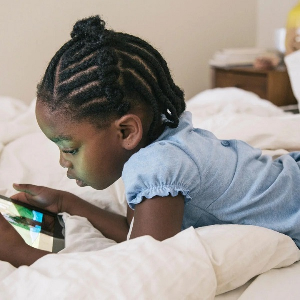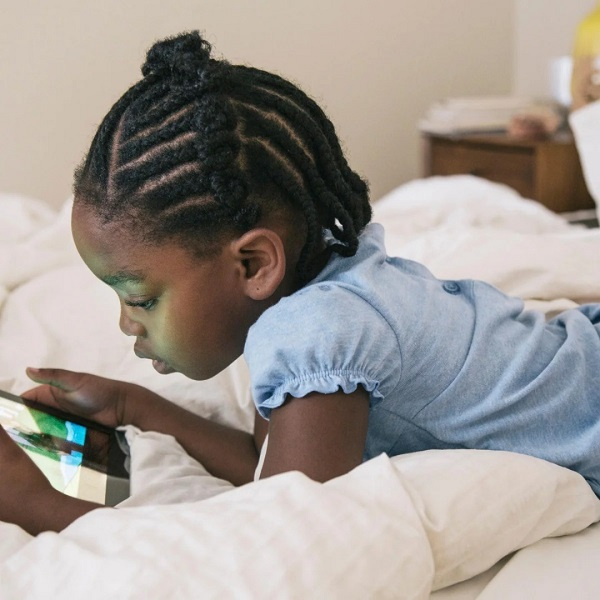 A picture of a child holding a phone and watching the screen
A picture of a child holding a phone and watching the screen
What if the screens that we trust to teach and entertain our children are exposing them to hidden dangers that will destroy them for life?
The average child now spends more than seven hours daily staring at screens, be it television or mobile phones, a number that has doubled in the last decade alone. This problem goes beyond simple entertainment. What we see happening is a complete change in how children grow up, as their young minds connect more with virtual worlds than with the real world around them.
Many parents give devices to their children for very good and understandable reasons. Parents are often overwhelmed with work deadlines, house chores, and the tiredness that comes with raising children. In these moments, a tablet becomes a reliable helper that keeps children quiet and busy.
Walking through any restaurant, waiting room or religious gathering, one can see parents giving phones to their disturbing and hyperactive children, who quickly become calm and focused on the screen. For parents who raise children alone or in homes where both adults work full-time jobs, these devices offer valuable moments to cook dinner, answer an important phone call, or just rest briefly.
Yet there is a price that often goes unnoticed. While technology offers incredible educational opportunities—interactive math games, language learning apps, and global connections—the line between healthy use and dependence has become dangerously blurred. Children now show real signs of withdrawal when devices are taken away: they become angry, worried, and physically restless in ways that look like other kinds of addiction.
Even more worrying is what children miss out on: playing outside, learning to talk with others face-to-face, and the skill of handling boredom—the exact feeling that has always helped children become creative, confident and self-reliant.
Creating balance begins with taking an honest look at habits. Parents should track how much time everyone in the family spends on screens, including adults. This may seem difficult, but the rewards are enormous. Children copy what they see, and a parent using a phone during meals teaches a clear lesson.
Setting up no-technology areas makes good sense: devices should stay away from the dinner table, bedrooms at night, and family trips. Many child experts suggest a “screens-off time” each evening, turning off all devices at least one hour before sleep to help the brain prepare naturally for rest without the bright light from screens.
The best way forward is not just saying “no” to screens but offering good options to replace them. When taking away a device, parents need ready alternatives: perhaps a new art project kept for these times, an outdoor “treasure hunt,” or having children help with cooking. Making a box filled with fun, simple activities give children something to do when screens are off.
This change will be hard at first—children will likely complain or even have meltdowns—but staying firm and consistent helps. Picture timers that show screen time counting down help small children see when their time will end, so they do not feel the rules are unfair.
Technology can actually help solve the problems it creates. Parents can use screen-control tools and apps to set good limits automatically. Another helpful idea is creating a system where children earn screen time by reading books, playing outside, or helping with house chores. Most important of all, families should share technology time when possible—watching shows together, playing games as a group, and talking about what children see online.
This changes alone time on screens into family time together and gives parents chances to guide children in using technology wisely. Remember: the goal is not to remove all screens but to raise children who know how to use these powerful tools well rather than letting the tools control them. The best thing parents can give their children is not endless access to technology, but the wisdom to know when to turn it off.


